In October 2023, The Office of Rail and Road (ORR) outlined its final decision on Network Rail’s £43.1bn 5-year plans to deliver a safe and customer-centric railway. This is a promising step forward, and with the right support and backing from across the rail industry, is sure to bring about positive change.
Below we have outlined some of the key targets that have been set, and how 3Squared is actively contributing to these overall goals:
Target: Network Rail required to reduce freight cancellations
Network Rail has been required to reduce freight cancellations from their current levels – a challenge that the freight industry has long been grappling with. Freight train cancellations often occur because trains are not full enough to warrant running, which can have a series of knock-on effects including empty shelves due to wasted perishable goods, delays to customers’ projects and even contract losses among other drawbacks.
Tackling cancellations is not only important from a financial point of view but can also help to promote better environmental sustainability. Equally, reducing cancellations can help to transform overall customer service mentality by giving customers the confidence to use rail freight as a primary mode of transport.
Solutions to enable more effective planning
Through extensive collaboration with freight operators and the industry, we have developed solutions customised to meet the exacting needs of the freight sector. 3Squared’s PathPlanner has been specifically designed to assist freight customers in more effective freight planning, with the ultimate goal of minimising cancellations and unlocking ‘hidden’ paths on the network. The system can uncover untapped routes, streamlining the path approval process so that customers can efficiently transport their cargo using existing trains.
For instance, if a customer urgently needs to transport a shipment last minute, PathPlanner can leverage historical train data and machine learning technology to propose paths that may not have otherwise been clearly visible.
Target: Network Rail to support 7.5% growth in England & Wales and 8.7% for Scotland
Unlocking the potential for rail freight growth requires a system-wide approach that encompasses collaborative input from across the industry. Technological innovation will also play a pivotal role in closing the gap, simplifying historically complicated operations.
For the freight sector to thrive and capitalise on the diverse opportunities ahead that are presented by the desire for modal shift, it must respond to evolving customer demands and embed a service-oriented mindset.
Overhaul complex processes and contribute to the expansion of rail freight
Our BulkSmart solution is revolutionising logistics operations at HS2. Our range of digital RailSmart solutions are assisting major freight operators in saving time, reducing costs, and delivering digitally enhanced operating practices.
Such initiatives have the potential to overhaul complex processes and contribute to the expansion of rail freight by making the rail freight space easier to operate within. Simplifying operations to ensure a seamless customer journey can make the switch from road freight to rail freight more appealing to potential customers who are looking for reliable modes of transport to deliver their goods.
Target: ORR will hold Network Rail responsible for delivering at least 20% reduction in its carbon emissions
The carbon benefits of transitioning to rail through modal shift are widely acknowledged, and this shift is poised to play a pivotal role in the nation’s journey towards Net Zero in the future. However, the carbon emissions produced by freight trains, similar to many other modes of transport, presents a more immediate challenge.
It is therefore vital rail freight makes a conscious effort to reduce its environmental impact. This can be achieved by looking at ways to decrease carbon, reduce air pollution and protect biodiversity. Pioneering and innovative projects can help to leverage and modernise the way the freight sector works, resulting in much-needed environmental benefits.
Supporting a low emission railway
Our PathPlanner tool offers a host of environmental benefits. Designed to uncover hidden train paths within existing journeys, it removes the need to run additional trains by maximising capacity on already available routes and finds new paths on which freight trains can be run, shifting freight from road to rail. Optimising freight trains in this way not only reduces cancellations, but also ensures that fuel and energy is not needlessly wasted.
For further insight on the freight industry and how digital technology can help support positive change, head over to our Future of Freight page to download our whitepaper, which includes expert analysis from key contributors across the freight industry.
ENDS
